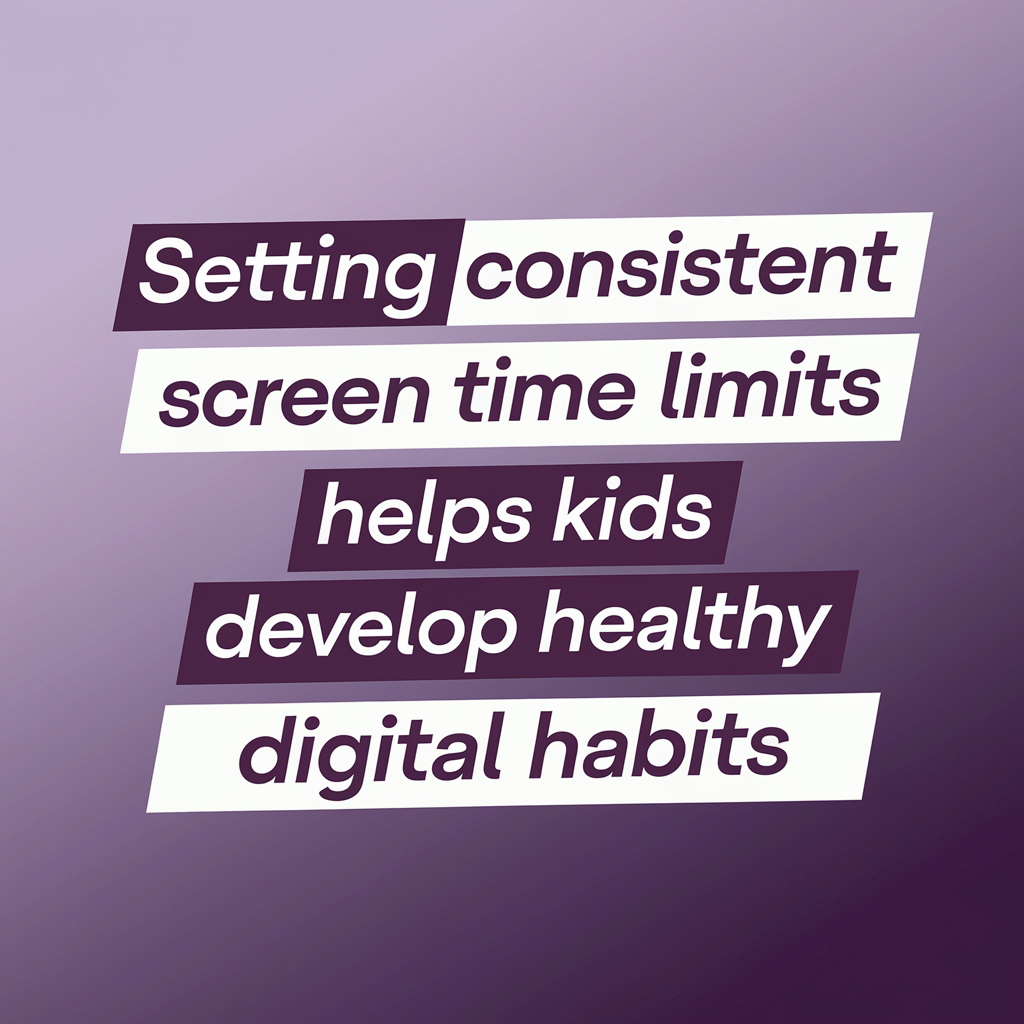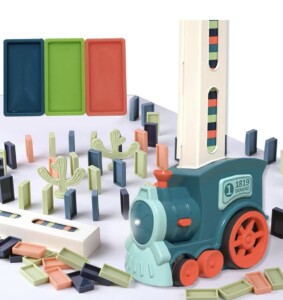Dealing with children’s anger and resistance when asking them to perform simple tasks can be frustrating and confusing for parents and caregivers. It’s essential to understand that children’s emotions and behaviors are complex, and there are underlying factors that contribute to their reactions. In this article, we’ll delve into the possible reasons behind children’s anger and resistance when asked to do simple tasks and provide strategies for navigating these situations.

Developing Autonomy and Independence
Children go through various developmental stages where they strive to assert their autonomy and independence. When asked to do a simple task, their resistance might stem from a desire to establish control over their actions. They might feel a sense of frustration or anger when they perceive the task as an infringement on their autonomy.
Desire for Attention or Engagement
Children seek attention and engagement from their caregivers, and their resistance might be a way to elicit a reaction or prolong interactions. They might resort to anger or frustration to gain attention or engage in power struggles. It’s important to assess whether their behavior is an attempt to connect with you or provoke a response.
Lack of Understanding or Skill
Children might exhibit anger and resistance when asked to do simple tasks if they lack a clear understanding of what is expected of them or if they struggle with the necessary skills. They may feel overwhelmed, frustrated, or embarrassed by their perceived inability to complete the task, leading to emotional outbursts.
Emotional Overload or Fatigue
Children, like adults, can experience emotional overload or fatigue. They might be dealing with various emotions or stressors that make them more prone to anger or resistance. It’s important to recognize if there are underlying factors contributing to their emotional state, such as tiredness, hunger, or emotional challenges, and address them accordingly.

Strategies for Navigating Anger and Resistance
- Empathy and Active Listening: Take the time to empathize with your child’s emotions and actively listen to their concerns. Let them express their frustrations and validate their feelings, showing them that you understand their perspective.
- Clear Communication and Expectations: Clearly communicate the task and expectations in age-appropriate language. Break down the task into manageable steps and provide guidance and support as needed.
- Offer Choices and Autonomy: Whenever possible, provide choices to empower your child and offer them a sense of control. This allows them to feel more invested in the task and may reduce resistance.
- Positive Reinforcement and Rewards: Recognize and acknowledge your child’s efforts and achievements. Positive reinforcement and rewards can motivate them to complete tasks and foster a positive environment.
- Modeling and Patience: Be a role model by demonstrating patience, managing your own emotions, and engaging in calm problem-solving. Children learn from observing their caregivers, so modeling positive behavior can have a significant impact.
- Teaching Emotion Regulation: Help children develop emotional awareness and regulation skills through age-appropriate techniques such as deep breathing exercises, counting to ten, or engaging in calming activities.

Children’s anger and resistance when asked to do simple tasks can stem from a variety of underlying factors, such as their developmental stage, desire for attention, lack of understanding or skills, or emotional overload. By understanding these reasons and implementing effective strategies for communication, empathy, and problem-solving, parents and caregivers can navigate these situations with patience and create a positive and supportive environment for their children’s growth and development.
As an Amazon Associate we earn from qualifying purchases through some links in our articles.



